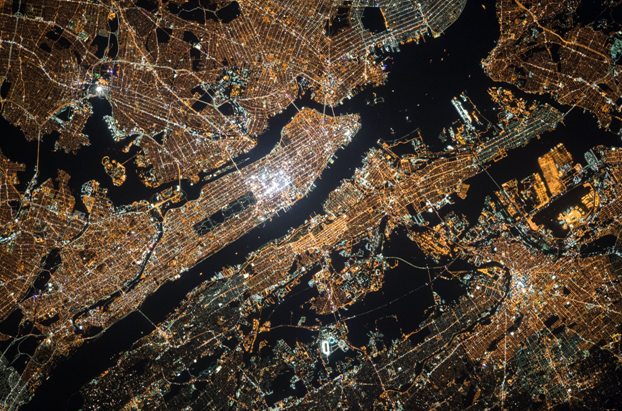Alarming phenomena are being observed today as a result of the progressive degradation of the environment. Scientists from all over the world are trying to counter them. Advanced research, based on careful observation, is necessary to achieve this. Explore the potential of VHR images for climate change research!
The importance of VHR images in climate change research
Hundreds of satellites orbiting the Earth transmit massive amounts of information in real-time. They are mainly used for meteorology, navigation, observation, and many other purposes. At first, they were strictly scientific or military. Today they are also used for environmental activities.
Geophysical satellites record images of the Earth’s surface globally, in various spectral ranges. They use radiation of different wavelengths, including ultraviolet, infrared, or microwaves.
In recent years, VHR images have been particularly beneficial in monitoring climate change. This ever-increasing process is best seen from space. By collating photos taken at equal intervals, it is possible to see how particular areas are changing. These can be positive changes, such as the resurgence of forests. Unfortunately, more often there are disturbing effects, such as the increase of city heat islands or the degradation of green spaces.
How do scientists use VHR images in climate research?
By analyzing and comparing VHR images, it is possible to observe, for example:
- the size of snow covers,
- the optical density of aerosols,
- the air pollution levels,
- the temperature of the Earth’s surface
- the concentration and sources of methane in the atmosphere,
- the effects of climatic disasters, e.g., fires and oil spills.
By gathering valuable information, scientists can assess the state of the environment and make predictions for the future. Based on such data, it is easier to suggest interventions that will either help improve the current state of the environment or reduce future devastation. In this way, it is also possible to detect potential risks more quickly and monitor the positive effects of previously implemented preventive strategies.
Where do VHR images for climate research come from?
VHR imagery is obtained from providers who cooperate with institutions that have the satellite equipment necessary to take high resolution images of the Earth. Working with such a company not only gives access to the data but also supports storing and processing it.
One of the market leaders is CloudFerro, which obtains VHR images from commercial Earth observation satellite systems (including Airbus, CG Satellite, KGS Space Technology, and SI IMAGING SERVICES). It provides the highest level of service at affordable prices with a cost-effective payment system.
For more information about CloudFerro and the company’s offer, visit https://cloudferro.com/en/.

